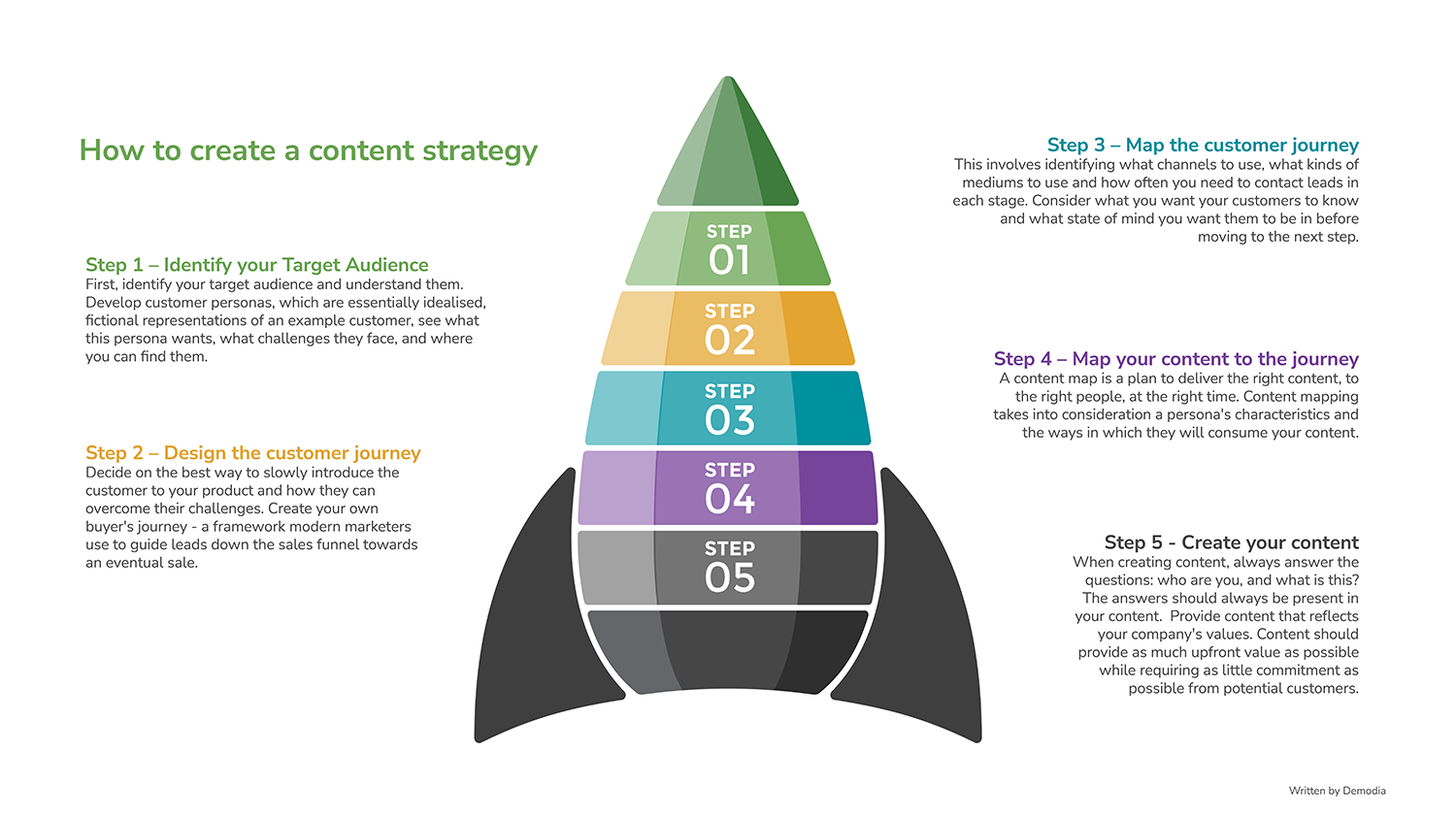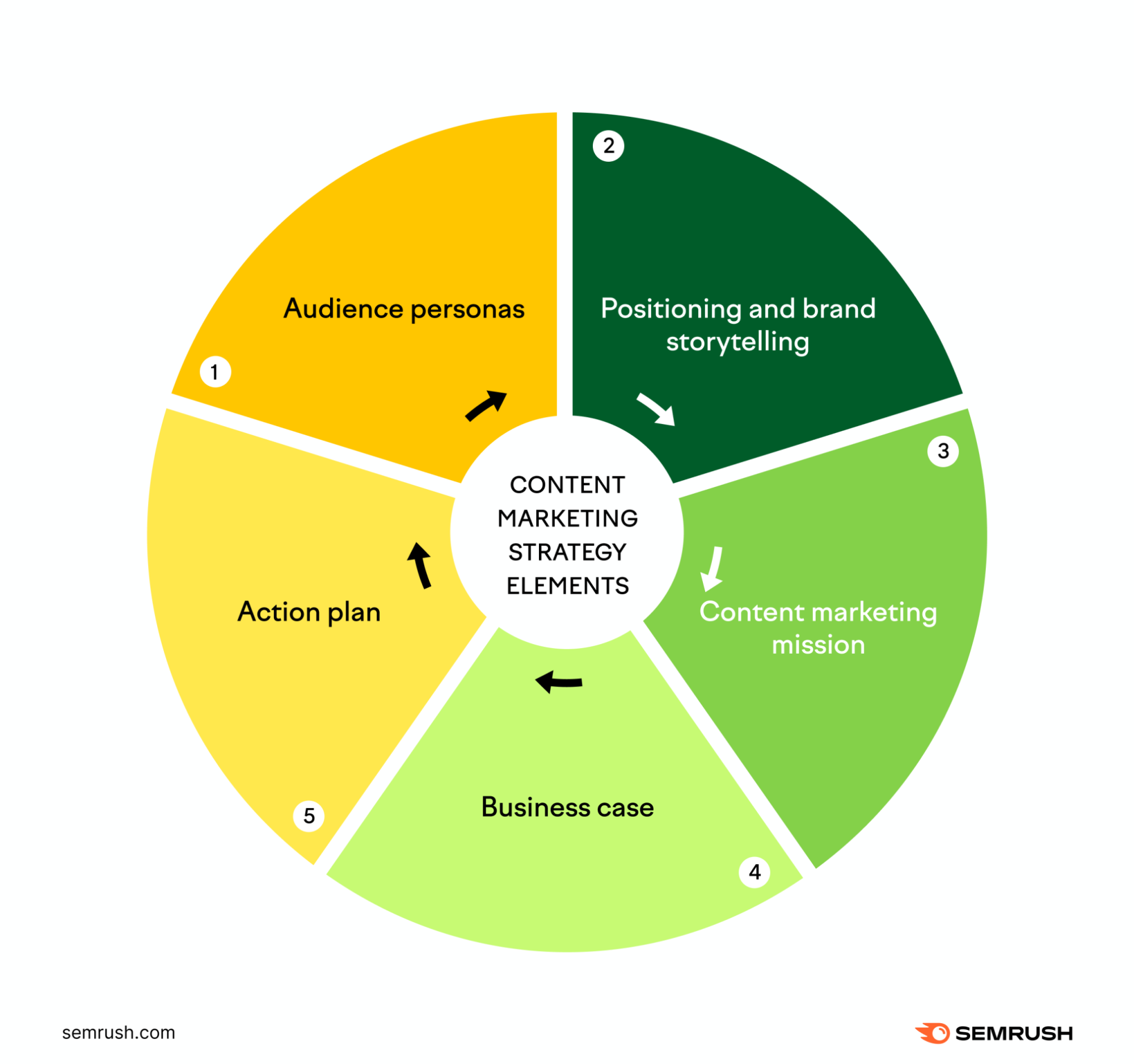Content Strategy Agency: Creating a Effective Plan for Your Brand
Content Strategy Agency: Creating a Effective Plan for Your Brand
Blog Article
Measuring the Success of Your Web Content Strategy: Vital Metrics to Track
In the world of electronic advertising, the performance of a web content method is often gauged through numerous metrics that mirror both reach and effect. While web traffic metrics provide a fundamental understanding of audience interaction, it is the mix of interaction and conversion metrics that really exposes the deepness of material resonance and its economic ramifications. Recognizing which metrics are important and how to analyze them can considerably boost your strategic technique. The difficulty exists in recognizing which particular metrics to prioritize and how they can inform your following actions in optimization.
Traffic Metrics
In the realm of web content technique, understanding web traffic metrics is crucial for examining the effectiveness of digital efforts. These metrics provide insights into customer behavior, helping companies establish the reach and influence of their material. Key web traffic metrics consist of web page sights, distinct site visitors, and session period, each offering distinct perspectives on audience interaction.
Page sights show the overall number of times a webpage has actually been watched, while distinct visitors determine the number of unique people accessing the material, therefore getting rid of replicate matters. Tracking these 2 metrics with each other permits an extensive understanding of material usage patterns. Furthermore, session duration exposes how much time individuals are connecting with the content, giving understandings right into its importance and involvement degree.
This information is vital for refining marketing techniques and enhancing material circulation networks. By focusing on traffic metrics, organizations can gauge the presence of their web content, recognize trends, and make informed decisions to improve overall content approach effectiveness.
Interaction Metrics
While website traffic metrics give valuable understandings right into individual reach and actions, engagement metrics provide a much deeper understanding of just how target markets connect with web content once they show up. These metrics are important for examining the quality of user interactions and the overall efficiency of a web content method.
Trick engagement metrics include time on web page, scroll deepness, and social shares. Time on web page indicates how much time users spend consuming web content, which can disclose its relevance and charm. Scroll deepness measures just how much down the page customers scroll, giving insights right into material structure and readability. Social shares suggest the level of resonance with the audience, highlighting material that prompts customers to show their networks.
In addition, remarks and user-generated content can act as signs of target market rate of interest and involvement. High involvement degrees frequently correlate with boosted brand loyalty and campaigning for, as customers who communicate with content are more likely to support the brand and bear in mind.
Conversion Metrics
Exactly how successfully does your material drive preferred actions from your audience? Conversion metrics are important for assessing the performance of your material method in convincing users to take particular activities, such as authorizing up for an e-newsletter, purchasing, or downloading a source. By tracking these metrics, you can figure out the return on investment (ROI) of your content efforts and determine areas for enhancement.
Secret conversion metrics consist of conversion price, which measures the portion of site visitors who finish a wanted activity, and the average order value, which suggests the normal amount spent by clients. Additionally, tracking lead generation metrics, such as the variety of leads acquired through content, can offer insight right into the performance of your content in nurturing prospects down the sales channel.
Another crucial metric is customer purchase cost (CAC), which evaluates the overall price related to obtaining a new consumer with your content initiatives. Content Strategy Agency. By evaluating these metrics, you can make data-driven decisions to enhance your material approach, improve your messaging, and enhance calls-to-action, ultimately causing increased conversions and business development
SEO Performance

First, organic traffic works as a main indication of search engine optimization success, mirroring the variety of site visitors getting to your site with search engine outcomes. Analyzing natural traffic trends gradually can expose the efficiency of your optimization efforts.
2nd, keyword rankings are important as they suggest just how well your material does for targeted search terms (Content Strategy Agency). Monitoring changes in rankings can assist you improve your key words method and focus on content improvements
Third, click-through rate (CTR) is essential, as it measures the percentage of users that click on your link after seeing it in search engine result. A high CTR suggests that your titles and meta summaries are compelling and pertinent to customer queries.
Social Network Effect
What function does social media play in enhancing content strategy metrics? Social media works as an effective amplifier for material distribution, considerably impacting reach, interaction, and brand name awareness. By tracking social networks metrics such as shares, likes, remarks, and general involvement rates, organizations can gauge the performance of their web content strategy and recognize what resonates with their target market.
Moreover, social media platforms provide useful market insights, enabling companies to tailor content to details audience segments. Monitoring reference traffic from social networks to the internet site likewise assists in recognizing the conversion capacity of social networks campaigns. The correlation between social media interactions and web site efficiency can reveal the effectiveness of web content in driving customer behavior.

Conclusion
In conclusion, gauging the success of a web content approach necessitates a comprehensive analysis of numerous hop over to here metrics. Web traffic metrics reveal the reach of web content, while involvement metrics provide understandings right into audience communication.
While web traffic metrics give a foundational understanding of target market engagement, it is the combination of interaction you could try this out and conversion metrics that genuinely discloses the deepness of web content resonance and its financial implications. By focusing on web traffic metrics, companies can assess the visibility of their web content, determine trends, and make notified decisions to enhance general web content method efficiency. By tracking social media metrics such as shares, suches as, remarks, and total involvement prices, organizations can determine the efficiency of their web content technique and determine what reverberates with their audience.
In recap, leveraging social media effect metrics not only enhances the understanding of content performance but likewise notifies future material development, guaranteeing alignment with target market choices and optimizing general strategy effectiveness.

Report this page